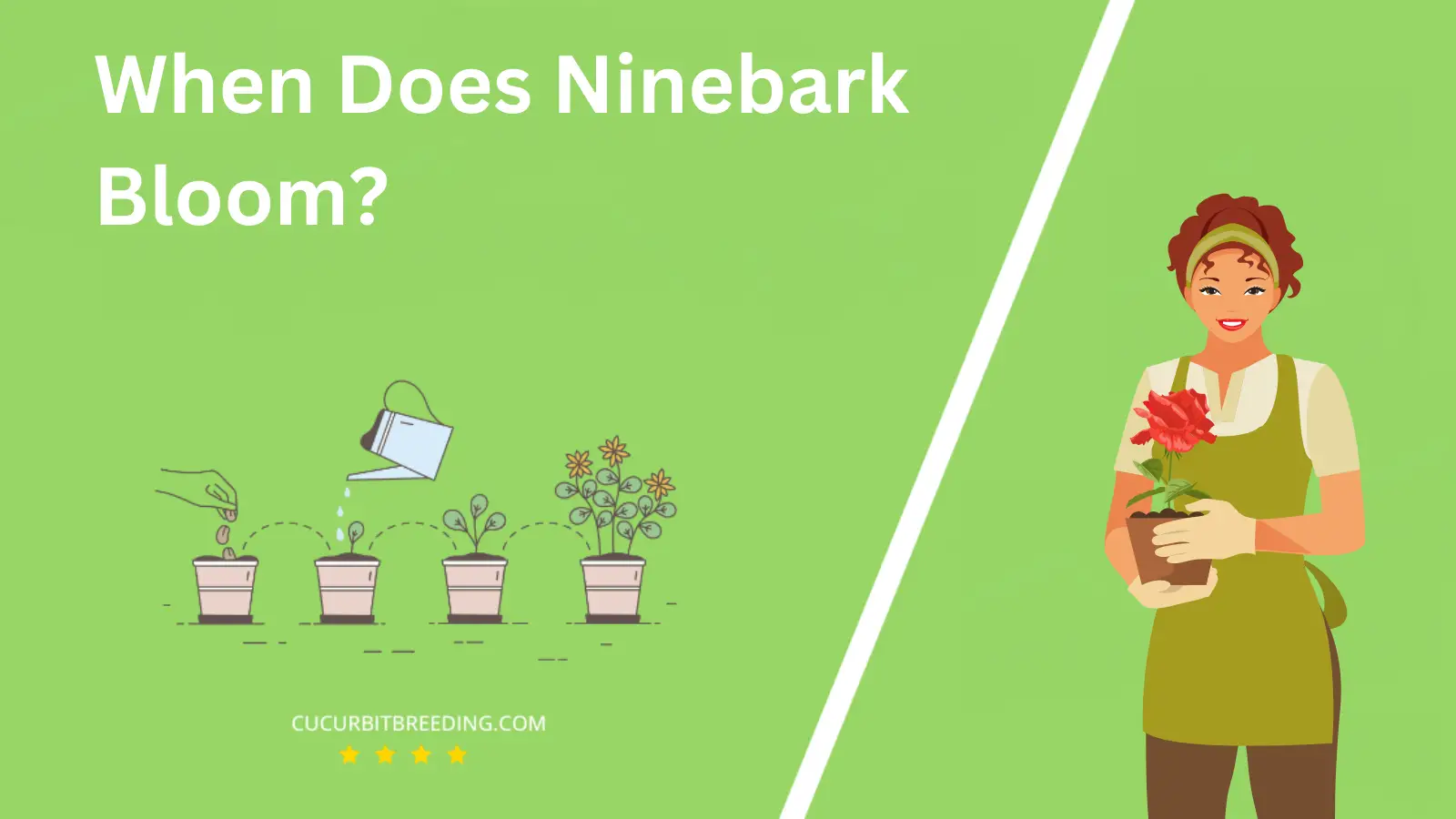
When discussing the blooming period of Ninebark, a popular, hardy shrub in many gardens, timing is everything. This ornamental plant, known for its vibrant foliage and clusters of small, white flowers, has a specific bloom time.
Understanding when Ninebark blooms can help gardeners plan accordingly, ensuring a beautiful and lively garden throughout the year. Let’s explore this topic in more depth, shall we?
When Does Ninebark Bloom?
The Ninebark plant typically blooms in late spring to early summer. The exact timing can vary based on the specific variety of Ninebark and the climate of the area where it is grown. It features clusters of white or pink flowers that add aesthetic beauty to any garden.
| Stage | Description |
|---|---|
| Germination | Spring (March-May) |
| Growth | Spring to early summer (March to June) |
| Blooming | Spring (April-June) |
| Dormancy | Winter (December-February) |
How Long Do Ninebark Bloom?
Ninebark typically begins to bloom in late spring, around May, with the blooming period extending into early summer, usually June. However, this may vary slightly depending on the climate and region in which it is grown. The blooming period of Ninebark generally lasts for about 2 to 3 weeks. After the flowers fade, the plant produces clusters of red or pinkish fruits that persist into the fall, adding to the plant’s ornamental appeal.
How Light Affects Ninebark Blooms?
Light plays a significant role in the blooming process of Ninebark plants. They thrive best in full sun to partial shade, which means they need at least 4-6 hours of direct sunlight each day. The sunlight exposure promotes vigorous growth, leading to a plethora of healthy and vibrant blooms. However, too much intense sunlight can harm them, causing leaf scorch. On the other hand, insufficient light can result in fewer flowers and leggy growth. Therefore, the right balance of light is crucial for optimal Ninebark blooms.
Will Ninebark Bloom the First Year You Plant It?
Typically, a Ninebark shrub will not bloom in the first year after planting. It often takes a couple of years for the plant to become fully established and begin producing flowers. However, this can vary depending on the specific growing conditions and care provided for the plant.
Will Ninebark Bloom Every Year?
Yes, the Ninebark plant, a deciduous shrub, is known for its annual blooming cycle. Every year, typically in late spring or early summer, the Ninebark plant will produce clusters of white or pink flowers. These blossoms are not only visually appealing but also attract various pollinators, contributing to your garden’s ecosystem. The exact timing of the bloom may vary depending on the specific variety of Ninebark and the local climate conditions.

Should I Deadhead Ninebark Blooms?
Yes, you should deadhead Ninebark blooms. Deadheading, or the process of removing faded or dead flowers, encourages the plant to produce more blooms and prevents it from self-seeding. It also helps to keep the plant looking neat and tidy. However, Ninebark blooms are not particularly prolific, so deadheading may not be as beneficial as with other plants. It’s more important to focus on other care aspects such as proper watering, fertilizing, and winter protection.
Top Reasons a Mature Ninebark May Stop Flowering

A mature Ninebark may stop flowering for several reasons. Insufficient sunlight exposure is a common cause as Ninebarks require full sunlight to bloom optimally. If the plant is in a shaded area, it may not produce flowers.
Another crucial factor is improper pruning. Ninebarks bloom on old wood, which means last year’s growth. If the shrub is pruned at the wrong time, specifically late in the growing season or in early spring, the flower buds for the next season may be cut off, preventing the plant from flowering.
Moreover, stress factors such as severe weather conditions, pests, diseases, or poor soil quality can also affect the plant’s ability to flower. It’s essential to ensure the plant is well-taken care of, with proper watering, fertilizing, and protection from pests or diseases.
Lastly, age can be a factor. As Ninebarks mature, they may naturally produce fewer blooms. Renewal pruning, which involves removing some of the older stems at the base, can help rejuvenate the plant and encourage more flowering.